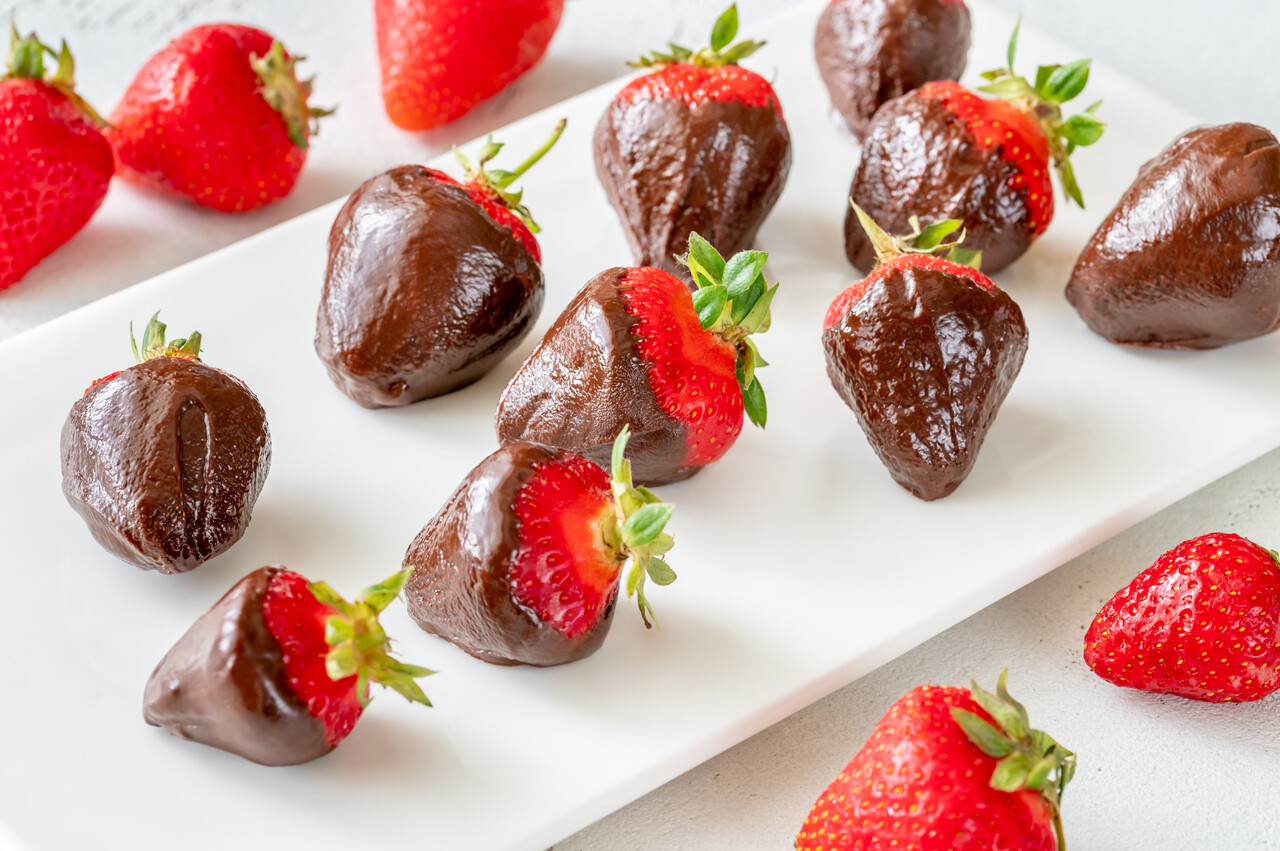The Secret to Perfect Rice Lies in the Mexican Way of Cooking
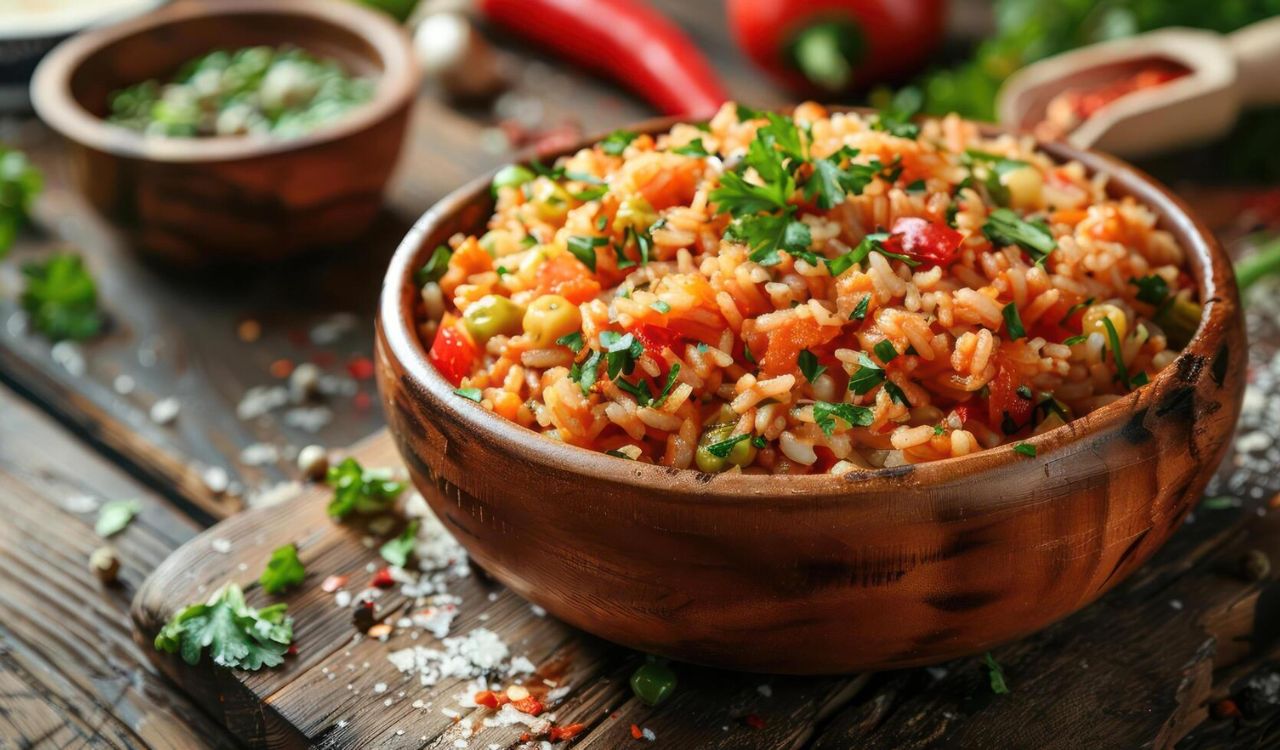
Rice is such a staple in kitchens around the world that it often gets taken for granted. But when you taste a truly fluffy, flavorful rice dish made the Mexican way, you realize something subtle yet profound is at work.
It is not just the ingredients, but the method, the technique, and the cultural tradition behind it. If you have ever struggled with sticky, mushy, or bland rice, the Mexican approach offers a clear path to grains that separate, shimmer, and deliver flavor.
What Makes the Mexican Method Different
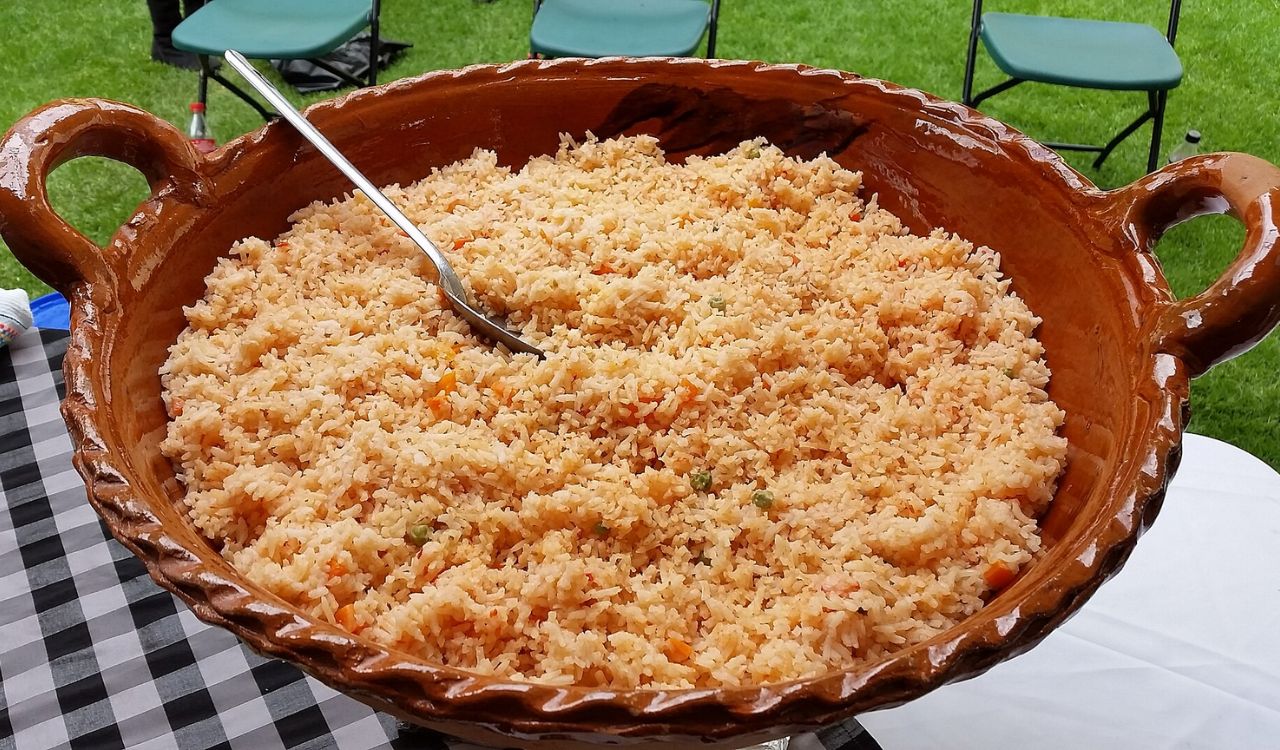
The Mexican way of cooking rice stands out because it adds an extra step up front, embraces aromatic ingredients, and treats rice as a flavorful dish rather than a plain filler.
A cornerstone technique is to toast the uncooked rice in oil before adding liquid. Simply Recipes explains that toasting gives the rice a nutty depth and helps the grains cook evenly instead of clumping together. This extra step adds flavor and improves texture.
Another important part of the process is rinsing the rice to remove surface starch, which helps keep the grains from sticking. The “Authentic Mexican Rice” recipe on Tastes Better From Scratch notes that rinsing “removes the outer starch, allowing the rice to cook fluffy.”
Beyond these technical steps, Mexican rice often includes aromatics like onion and garlic sautéed in the oil before the rice is added, tomato-based broth or bouillon for color and flavor, and vegetables such as peas or carrots for texture. Together these create a dish that feels complete and satisfying on its own.
Step-by-Step Guide to Cooking Mexican-Style Rice
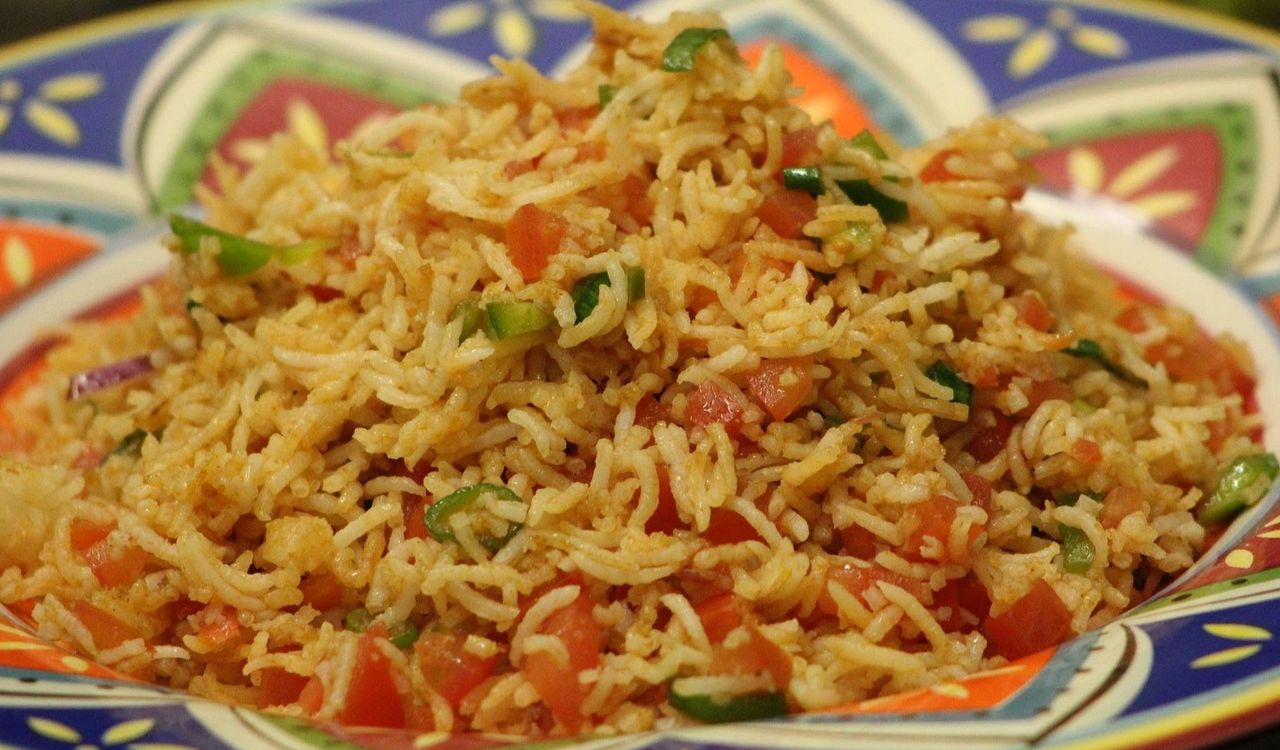
Here is a breakdown of how to recreate authentic Mexican-style rice and why each step matters.
1. Rinse and Drain the Rice
Place long-grain white rice in a fine mesh strainer and rinse under cool water until the water runs clear. This removes excess starch and ensures fluffy results rather than sticky clumps.
2. Sauté Aromatics and Toast the Rice
Heat a small amount of oil in a saucepan. Add finely chopped onion and minced garlic, then cook until fragrant. Stir in the rice and toast until the grains turn golden. This coating of oil locks in structure and adds a nutty, deep flavor that makes Mexican rice stand out.
3. Add Tomato-Based Liquid and Seasoning
Once toasted, add tomato sauce or puréed tomatoes, broth or water, salt, and optional vegetables such as peas, diced carrots, or a whole serrano pepper for subtle heat. The tomato not only enhances flavor but also gives the rice its signature reddish hue.
4. Simmer and Rest
Bring the mixture to a boil, then lower the heat, cover, and let it simmer for about 20 minutes. Avoid lifting the lid during cooking. Afterward, remove from heat and let it rest covered for 5 minutes. This resting stage allows steam to finish cooking the rice gently, producing an even texture.
5. Fluff and Serve
Use a fork to fluff the rice lightly. Do not stir aggressively; that can crush the grains. The result should be separate, glossy grains that taste lightly toasty and rich.
Why the Technique Works
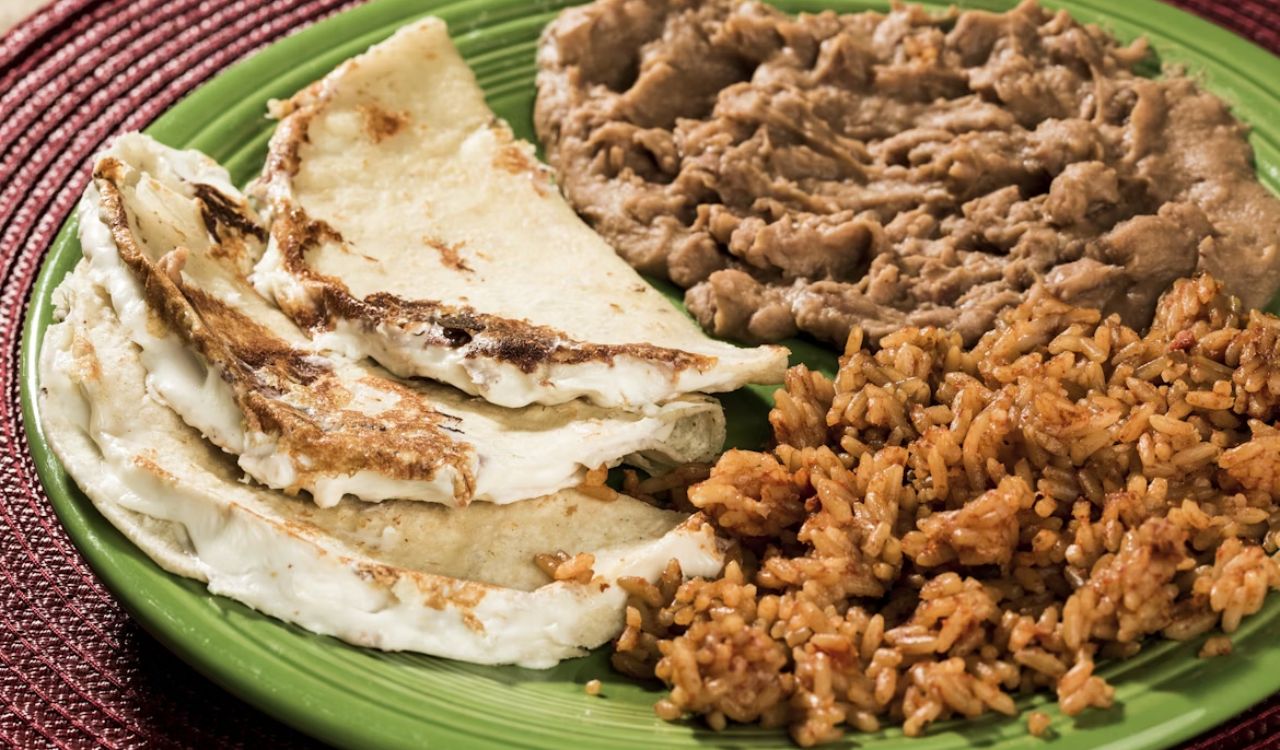
There are both scientific and cultural reasons this method yields better results than simply boiling rice in water.
Toasting in oil changes the grain’s surface structure, reducing stickiness and encouraging even cooking. Simply Recipes explains that the oil coating prevents the grains from absorbing water too quickly, which keeps them firm and separate.
Rinsing removes excess starch that would otherwise gelatinize on the surface and cause clumping. Tastes Better From Scratch highlights rinsing as essential to achieving the signature fluffy finish.
Adding aromatics and tomato base builds layers of flavor and gives the dish its warm, savory aroma. In Mexico, rice is treated as a flavorful companion to main dishes, not a neutral side. Each batch is built with texture and taste in mind, often prepared fresh daily.
Common Problems and How to Fix Them
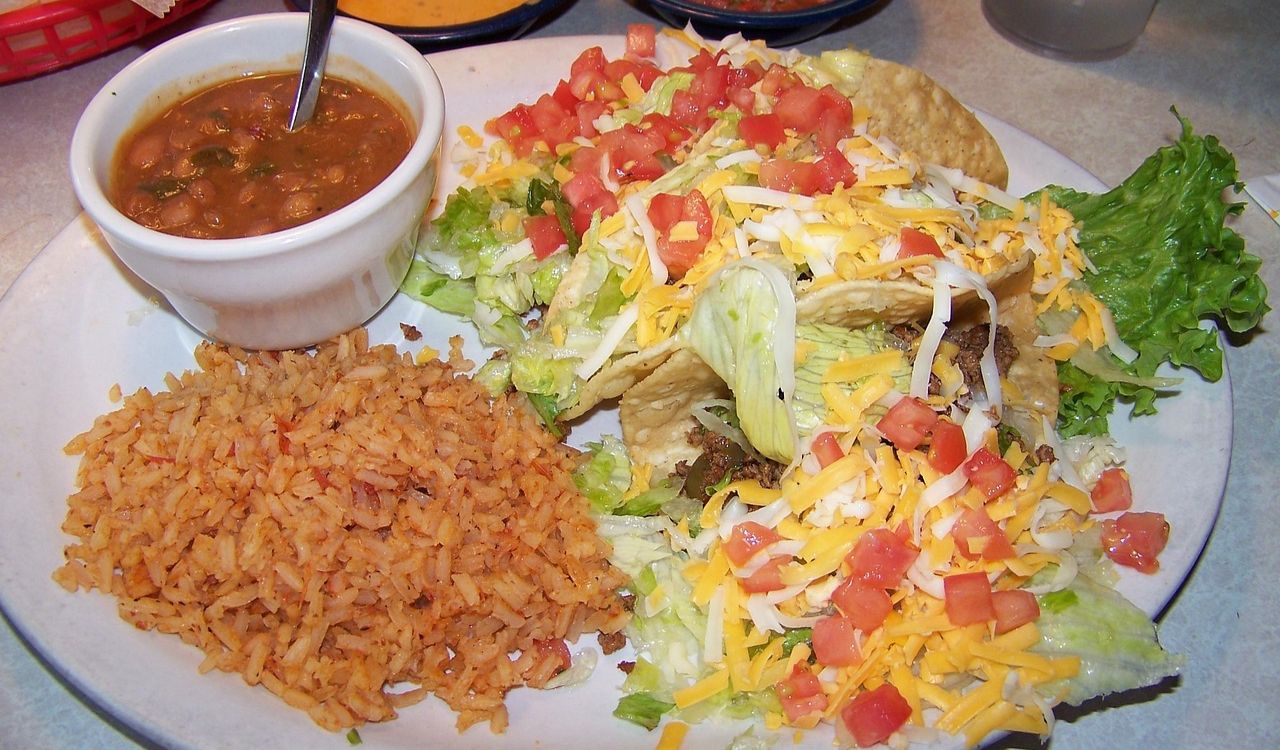
Even experienced cooks can run into trouble with rice. Here are some of the most frequent issues and how to solve them using lessons from the Mexican method.
- Sticky rice: Usually caused by skipping the rinsing step or adding too much water. Rinse thoroughly and reduce liquid slightly next time.
- Soggy rice: Caused by too much heat or stirring before the rice has finished cooking. Keep the lid closed and maintain a gentle simmer.
- Dry or undercooked rice: Often the result of using too little liquid or cutting the resting time short. Allow rice to rest covered before fluffing.
- Lack of flavor: Make sure you include onion, garlic, tomato, and seasonings in the oil before adding rice. These ingredients create the dish’s depth of flavor.
- Wrong rice type: Long-grain white rice works best for this method. If using jasmine, basmati, or brown rice, adjust the water and cooking time accordingly.
Simply Recipes advises using oil with a high smoke point, such as vegetable or canola, and heating it until it shimmers but does not smoke before adding rice. This prevents burning during the toasting step.
Why Mexican Rice Technique Deserves a Spot in Every Kitchen
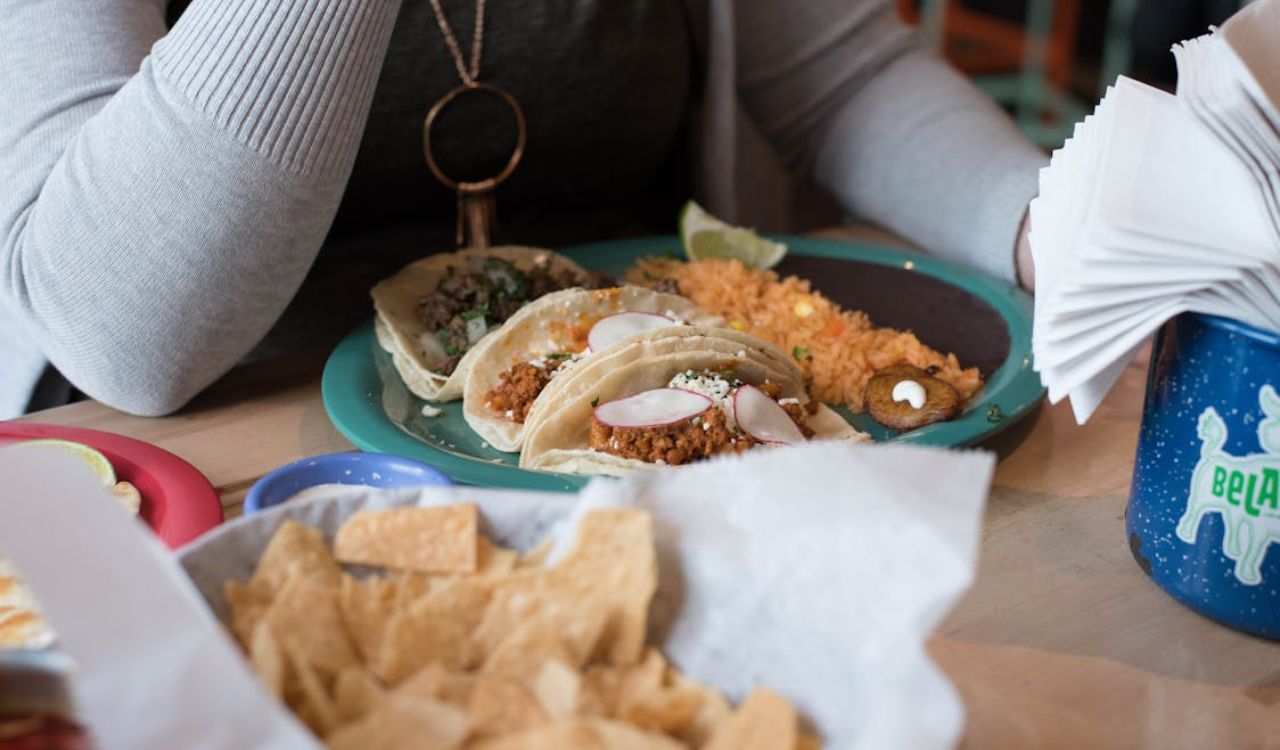
Cooking rice well may seem like a small skill, yet it reflects care, tradition, and understanding of technique. When you adopt the Mexican approach, you transform a plain grain into a dish that brings warmth and flavor to the table.
This method matters for several reasons. First, it shows respect for food preparation. Every component of a meal can contribute to satisfaction when cooked intentionally, and rice is no exception.
Second, it preserves tradition. In Mexico, rice is not merely boiled; it is toasted, seasoned, and simmered to achieve balance in both taste and texture. Bringing this technique into your kitchen means carrying forward a culinary tradition that values patience and attention.
Third, it proves that good food does not require complicated tools or exotic ingredients. With rice, oil, onion, tomato sauce, and broth, you can create a deeply flavorful dish that elevates an entire meal.
Finally, it empowers home cooks to understand why a recipe works rather than just follow steps blindly. Knowing that toasting affects texture, rinsing prevents stickiness, and resting ensures fluffiness lets you adapt recipes confidently.
Mastering this simple but effective technique turns every pot of rice into a small success, one that connects you with a broader culinary story and delivers both taste and satisfaction every time.
References
- For Fluffier, More Flavorful Rice, Make It the Traditional Mexican Way- SimplyRecipes.com
- Authentic Mexican Rice- TasteBetterFromScratch.com


